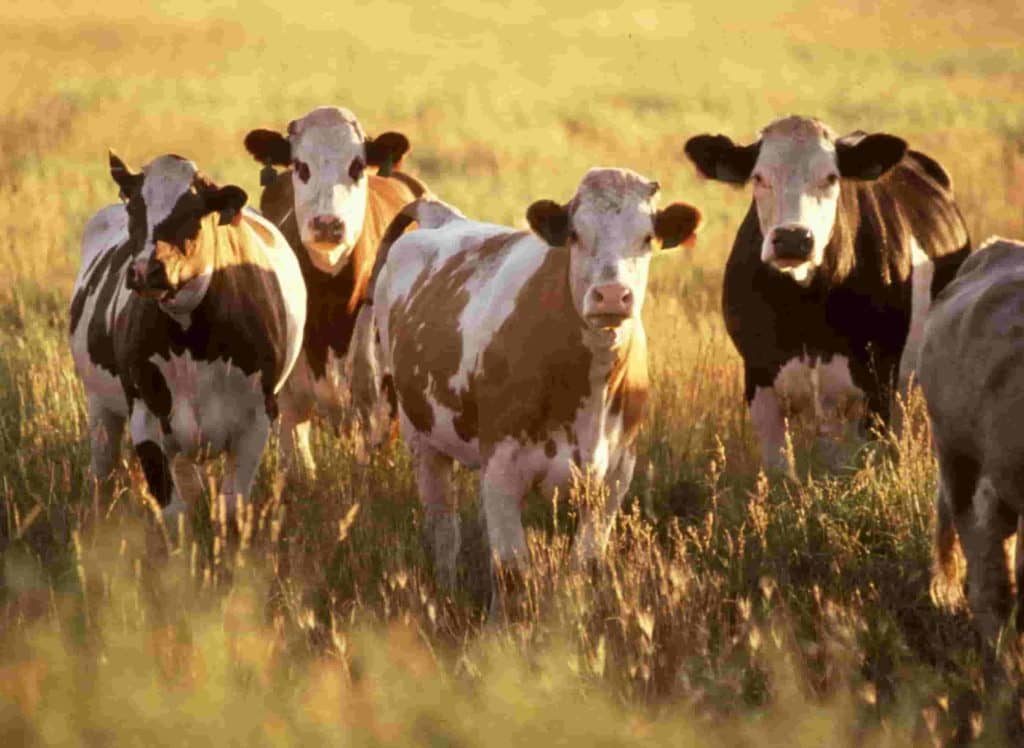While some of us live in a concerning bubble of greenhouse guilt, as human-made carbon emissions are forever blamed for greenhouse gases and climate change; often overlooked livestock created gas emissions are actually responsible for an estimated 6 billion tonnes of greenhouse gas emissions each year. This accounts for as much as 18% of the global emissions.
The affect of reducing livestock-made greenhouse gases
This includes 20 billion animals, 1.3 billion farmers and retailers and as much as half of the economic agricultural product.
 Livestock consumption is expected to grow, due to the demand in developing countries, by 70% for meat, milk and eggs by 2050. “The developing world accounts for 70% of emissions, mainly because of the large numbers of animals used for a variety of purposes beyond production of meat, milk and egg”. More developed countries actually have a lower emission intensity per kilo of protein (amount of greenhouse gas gone into producing the food) due to betters feeds and management.
Livestock consumption is expected to grow, due to the demand in developing countries, by 70% for meat, milk and eggs by 2050. “The developing world accounts for 70% of emissions, mainly because of the large numbers of animals used for a variety of purposes beyond production of meat, milk and egg”. More developed countries actually have a lower emission intensity per kilo of protein (amount of greenhouse gas gone into producing the food) due to betters feeds and management.
How can we reduce live-stock made greenhouse gases?
Technology and improved management could reduce greenhouse emissions by around 2.4 billion tonnes each year, by implementing better pastures, food, improved manure handling, genetics and management. Favourable incentives to reduce gas emissions could also help.
Could the answer be to stop eating meat?
Read the original full article on The Conversation.


